A new study conducted by researchers at Johns Hopkins University’s Bloomberg School of Public Health’s Global Obesity Prevention Center shows that a foodborne illness outbreak can cost a restaurant up to $2.6 million.
The study involved a computer simulation that mimicked various types of foodborne illness in different settings—fast food, fast casual, casual dining and fine dining. The simulation was aided by industry data, along with a U.S. Centers for Disease Control and Prevention (CDC) list of foodborne pathogens—including botulism, Escherichia coli, Hepatitis A, norovirus, and Salmonella—that actually affected restaurants between 2010 and 2015.
Using this data with their computer simulation, researchers impacted restaurants with 15 of the CDC’s listed viruses, then plotted the financial impact of each by various outbreak sizes. Financial impacts included legal fees, lawsuits, fines and sales declines due to loss of business.
According to researcher Sarah Bartsch, even a small outbreak affecting only a few consumers could cost roughly $8,300—even if no lawsuit, legal fees, or fines were waged. For each restaurant type, researchers estimated the possible cost of a single foodborne outbreak:
Fast food: $3,968 to $1.9 million
Fast casual: $6,330 to $2.1 million
Casual dining: $8,030 to $2.2 million
Fine dining: $8,273 to $2.6 million
Even the least expensive outbreak at around $4,000 could be a very significant impact on a smaller restaurant. The cheaper option, according to researchers, is to allow sick employees to take adequate sick time off from work, thus eliminating the risk of them contaminating the restaurant’s food and equipment. In addition to sick time, prevention and control measures would also be a cost-efficient way to prevent outbreaks, thus avoiding the hefty costs that accompany them.
The computer simulation also showed how cost-effective employee sick time could be. A single norovirus outbreak that cost a restaurant up to $2.2 million could have only incurred a cost between $78 and $3,500 per week had the sick employee been allowed time off to get better. Because researchers only modeled individual restaurants, the potential financial impact for chain restaurants could be exponentially higher.
This study sets precedent as the first of its kind to explore the financial impact of foodborne illness specifically to restaurants. By digging into this a bit deeper, researchers hope to give restaurants the motivation to take food safety more seriously. However, researchers do acknowledge that the study has limitations due to real foodborne illness events having far too many factors that cannot be duplicated.
Source: Food Safety Magazine






Comments on this entry are closed.